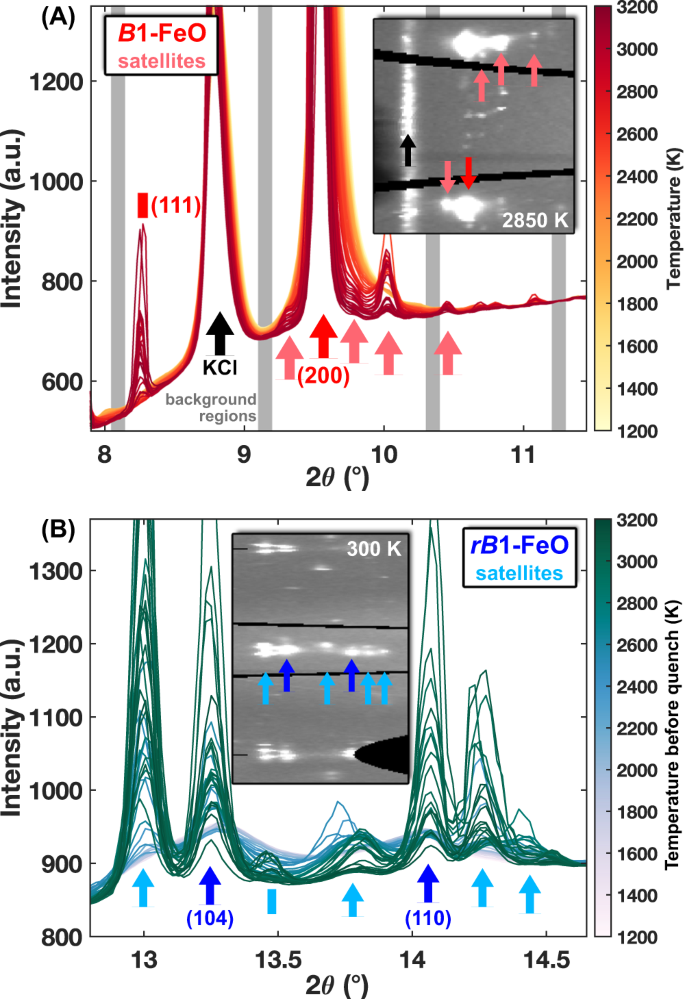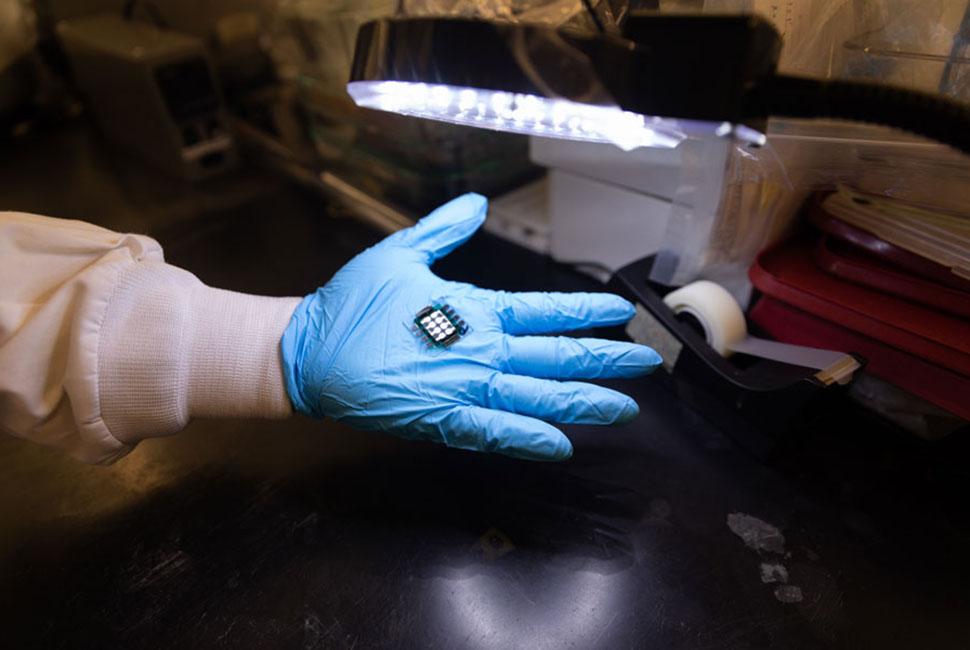2023-11-17 カリフォルニア工科大学(Caltech)
◆最新研究では、CMB近くの超低速度ゾーン(ULVZs)が複雑で、酸化鉄が固体である可能性が高いことが示されました。これは、ULVZsが深層の噴出生成に重要な役割を果たす可能性を示唆し、地球の深層を理解する新たな手がかりとなります。
<関連情報>
- https://www.caltech.edu/about/news/deep-within-the-earth-iron-oxide-withstands-extreme-temperatures-and-pressures
- https://www.nature.com/articles/s41467-023-43154-w
地球のコア・マントル境界の圧力までのFeOの融解と欠陥遷移 Melting and defect transitions in FeO up to pressures of Earth’s core-mantle boundary
Vasilije V. Dobrosavljevic,Dongzhou Zhang,Wolfgang Sturhahn,Stella Chariton,Vitali B. Prakapenka,Jiyong Zhao,Thomas S. Toellner,Olivia S. Pardo & Jennifer M. Jackson
Nature Communications Published:13 November 2023
DOI:https://doi.org/10.1038/s41467-023-43154-w

Abstract
The high-pressure melting curve of FeO controls key aspects of Earth’s deep interior and the evolution of rocky planets more broadly. However, existing melting studies on wüstite were conducted across a limited pressure range and exhibit substantial disagreement. Here we use an in-situ dual-technique approach that combines a suite of >1000 x-ray diffraction and synchrotron Mössbauer measurements to report the melting curve for Fe1-xO wüstite to pressures of Earth’s lowermost mantle. We further observe features in the data suggesting an order-disorder transition in the iron defect structure several hundred kelvin below melting. This solid-solid transition, suggested by decades of ambient pressure research, is detected across the full pressure range of the study (30 to 140 GPa). At 136 GPa, our results constrain a relatively high melting temperature of 4140 ± 110 K, which falls above recent temperature estimates for Earth’s present-day core-mantle boundary and supports the viability of solid FeO-rich structures at the roots of mantle plumes. The coincidence of the defect order-disorder transition with pressure-temperature conditions of Earth’s mantle base raises broad questions about its possible influence on key physical properties of the region, including rheology and conductivity.



